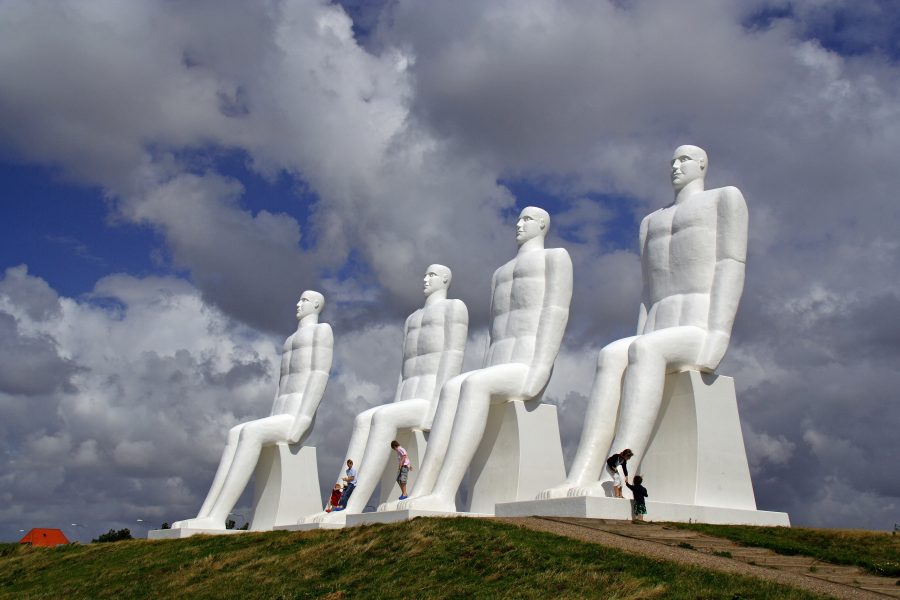I don’t know who was screaming most – me or the kids – as we endured twists and turns, a hair-raising drop and endless stomach-turning moments on X-treme Racers, just one of Legoland’s many exhilarating rides.
Although I’ve never been a fan of theme parks, I make an exception for Legoland which always provides an action-packed day out for all the family. The original site in Denmark, which celebrated its 40th anniversary in 2008, is arguably the country’s most popular attraction, with around 1.6 million people piling through the gates each year.
As we weaved our way through the throngs of visitors to join the long queues waiting for each ride, it seemed like the entire population had descended on the park. Thankfully, we’d booked Quick Passes online before our visit, enabling us to skip the queues on at least seven of the most popular attractions.
After trying our hand at being firemen on Falck Fire Brigade, we crashed through the water aboard the Pirate Wave Breaker, got drenched in the Viking River Splash and enjoyed a high-speed trip through a mountain gorge on Timber Ride, before calming down with an amble along the streets of Miniland, in the heart of Legoland, where everything started four decades ago.
This is the big world in miniature with over 20 million Lego bricks used to build everything from the Taj Mahal to the Statue of Liberty. Our two-year-old, Peter, darted about with excitement, unable to get enough of the railways stations, ferry terminals, airport and other working models. But he wasn’t the only one who delighted in exploring this tiny world, it’s equally exciting for older children and adults.
After a thrilling but exhausting day clocking up as many rides and attractions as possible, we were among the last visitors to leave Legoland, just as night was drawing in. The children dropped off within minutes of hitting the main road back to our secluded cottage, just a stone’s throw from the sea at Sjelborg, one of hundreds of rentable summer houses and cottages dotted along the Jutland coast.
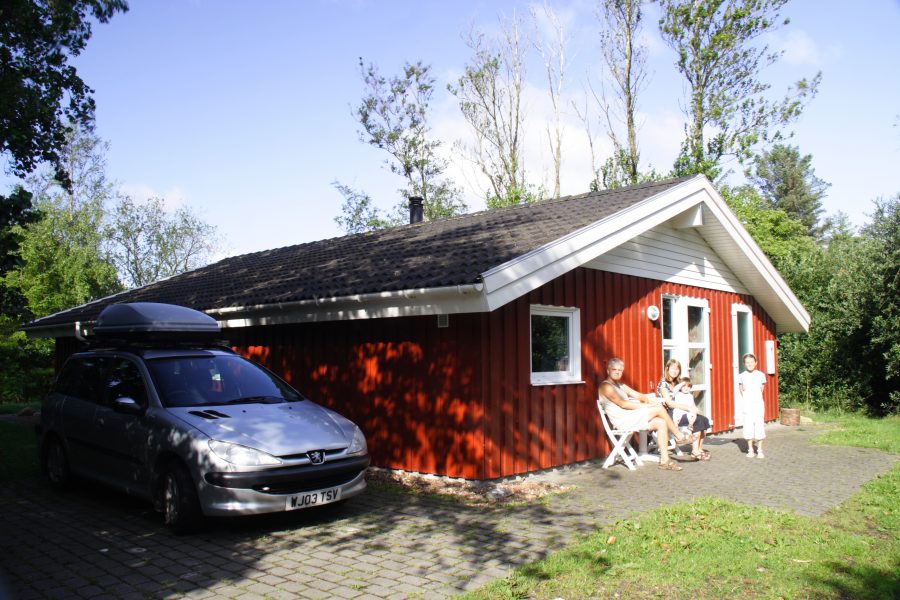
(c) Richard Webber
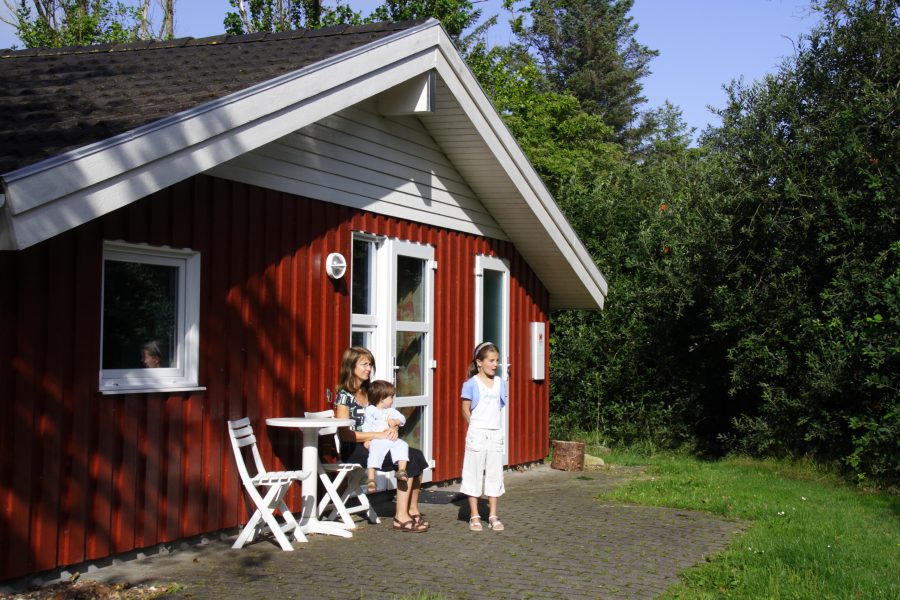
(c) Richard Webber
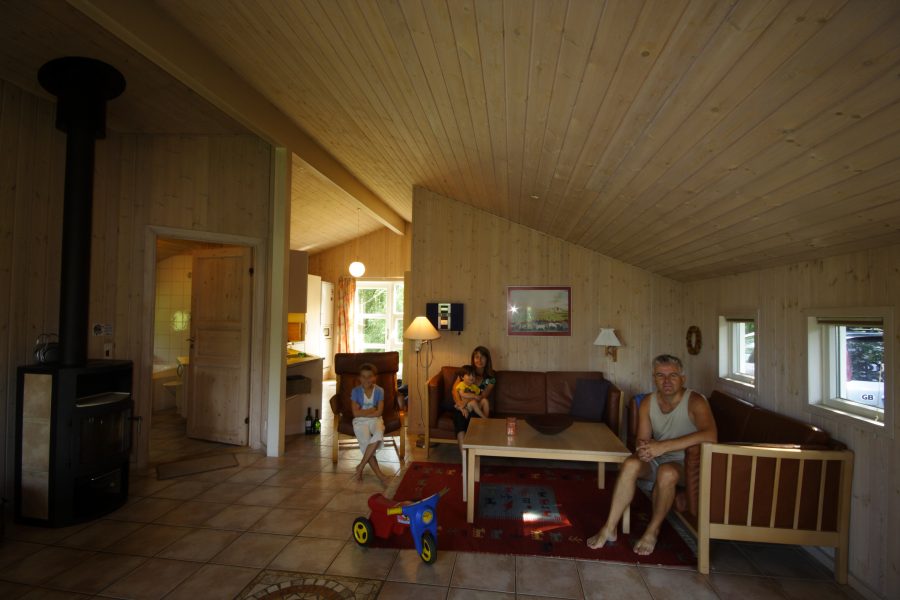
(c) Richard Webber
When planning holidays, Denmark doesn’t always spring to mind as the place to go, especially as its climate is similar to ours. But it deserves to be on everyone’s list of potential destinations and has much more to offer than simply Legoland.
Next morning, we were greeted by blue skies and a gentle breeze as we headed 27 miles down the coast to the town of Ribe, stopping en route at the Viking Centre, a full-scale replica village populated by Danes who spend their summer holidays dressed in Viking gear and living the life of their ancestors.
Being surrounded by open countryside rather than reminders of modern day living complements the sense of authenticity. As we walked along the tracks, children on horseback rode by donning traditional garb, a couple of villagers relaxed on the riverbank fishing for their tea, a group of villagers loaded goods into a wooden sailing boat and a family sheltered from the midday sun outside their Viking home. I tried my hand at archery and watched the falconry show before leaving the Vikings behind and driving to Ribe, which is equally steeped in history. This is Denmark’s oldest town, dating back to the 8th century, which flourished as a port during the Viking era.
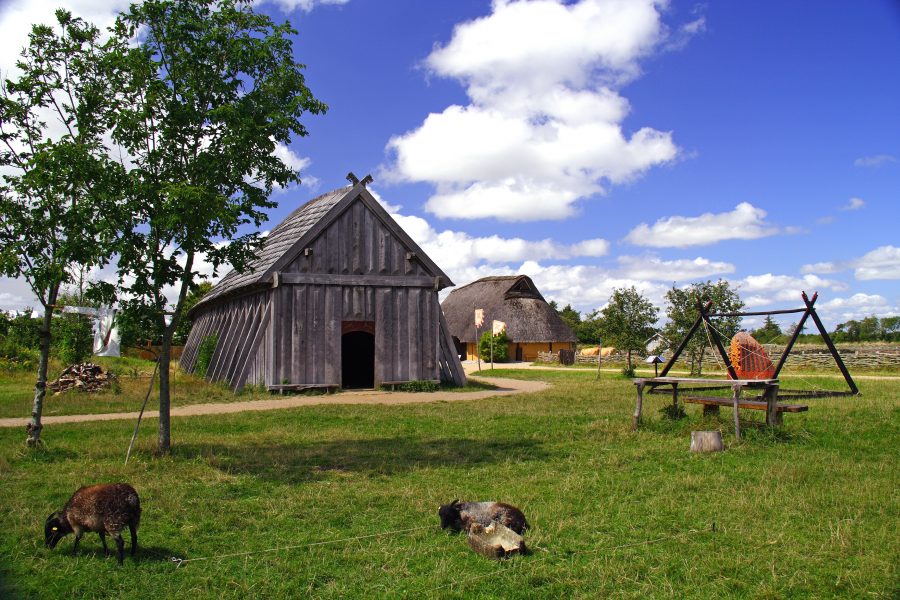
(c) Richard Webber
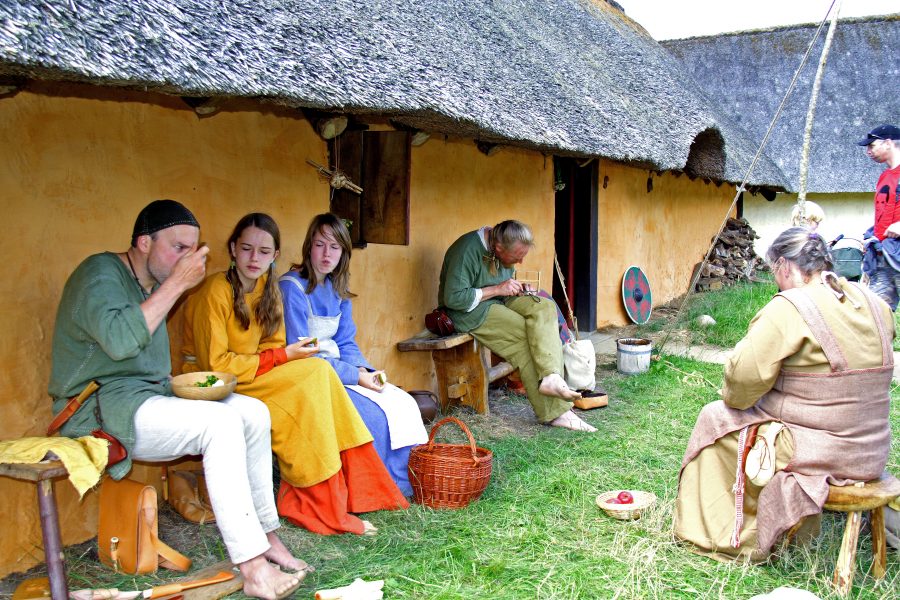
(c) Richard Webber
The town’s focal point is its central square and the huge cathedral dominating the skyline. Tight, cobblestoned streets head off in all directions and the picturesque architecture and myriad attractions, including half-timbered 16th-century houses, mean my camera was clicking away.

(c) Richard Webber
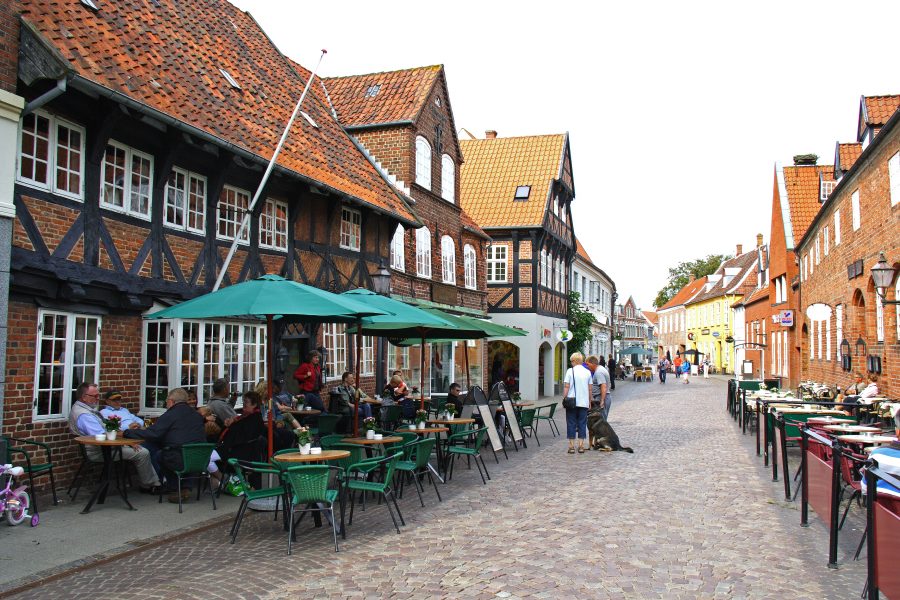
(c) Richard Webber
Before heading back to our wooden cottage, we drove further south and explored Romo, the largest Danish island in the North Sea. During the summer, its beaches attract tourists from all over northern Europe, many of whom take in a little bird-watching because it’s reputedly one of the best spots for ornithologists. Sadly, I’d forgotten my binoculars but we enjoyed roaming the beaches instead.
In fact, the entire Jutland coastline is awash with beautiful sandy beaches, and although sea temperatures mean swimming is mainly for those hardier souls, nothing beats packing a picnic, a ball and buckets and spades for an afternoon’s fooling around on the sand.
We chose Blavandshuk, a headland forming the westernmost point of Denmark. Although the North Sea rollers battering the beach meant swimming wasn’t advisable, the children enjoyed burying me in the sand, playing football and seeing who could win a chocolate bar in our sandcastle competition, followed by an invigorating walk back to the car, blown along by the westerly breeze racing in off the sea.
Denmark is full of pleasant surprises and is a country which makes a real effort to care for its people and tourists, including cycle tracks running everywhere, promoting a keep-fit environment, free parking in many of its car parks and free internet access in libraries and tourist offices, all of which we gratefully used during our visit.
We also enjoyed driving around Denmark’s road network which wasn’t gridlocked like many regions during peak season. While the motorways are a delight compared to the M25 or M6, the country roads are usually free of traffic. We made use of them, whenever possible, while making the two-hour journey to Egeskov Castle, a beautifully preserved attraction which appeals to all ages.
You could spend more than a day at Egeskov, but as our time was limited, we squeezed in as much as we could, including the exceptionally-tended gardens, some of the ten museums, Titania’s Palace (an intricate dolls house which took 15 years to build) and a quick swing in the playground; we also found time to get lost in one of the three mazes.
After getting back late from our travels, we stayed local the following day. Having already chalked up Denmark’s oldest town, we turned out attention to its newest, Esbjerg, just down the road from our accommodation.
As well as exploring the town, we visited the Fisheries and Maritime Museum, showcasing exhibits from Denmark’s maritime past, admired the 27-foot startling white Men of the Sea statues yards from the shoreline, clambered on board a recently-retired lightship and enjoyed panoramic views of the town and surrounding countryside after climbing countless steps to the top of Esbjerg Water Tower, built on a Bronze Age burial mound.
All too soon, it was the end of the week and time to sail back to Harwich. Denmark had impressed me and will certainly be added to my “places to revisit” list because there was much more to explore.
All that was left of our Danish adventure was to board DFDS Seaways’ Dana Sirena for the 19-hour journey back to the UK. Beforehand, the thought of such a long crossing – especially on the notoriously choppy North Sea – had filled me with trepidation. But such worries were unfounded on this pleasant trip where time. literally, sailed along!
Must Do…
1. Enjoy a fun-filled day at Legoland (www.legoland.dk), which boasts more than 50 activities everyone can enjoy.
2. For fine views of Esbjerg, the country’s youngest city, climb the endlesssteps inside the town’s 19th century water tower.
3. Soak up some history at Ribe, Denmark’s oldest town, but be sure to pack your camera.
4. The Danish coastline is one long sandy beach so enjoy a stroll and a paddle – and don’t forget the picnic.
5. Step back in time by visiting the Viking centre (www.ribevikingcenter.dk) near Ribe to experience life amid craftsmen, farmers and village folk.
6. Visit the Fisheries and Maritime Museum in Esbjerg (www.fimus.dk) and watch the two species of seals found in Danish waters, explore old fishing boats and learn about how sailing has advanced since the Viking Age.
7. Take a trip to Egeskov Castle. Surrounded by over 50 acres of wonderful gardens and woodland, this 16th-century castle is one of the best-preserved in Europe.
8. Visit the Men of the Sea, one of Esbjerg’s most famous landmarks. Erected in 1995, the four 27-foot tall white statues can be seen miles away.
9. The island of Romo, connected to the mainland by a six-mile causeway, offers sandy beaches, bird-watching and that get-away-from-it-all feeling.
10. In contrast to Denmark’s predominantly flat terrain, the Lake District region in Central Jutland boasts hills, forests and lakes.
Further information
We travelled by ferry from Harwich to Esbjerg (Denmark) with DFDS Seaways (0871 882 0886, www.dfds.co.uk).
Cottages can be booked via Novasol (0045 3914 3032, www.novasol.co.uk).

